/weekFour.agri_zero
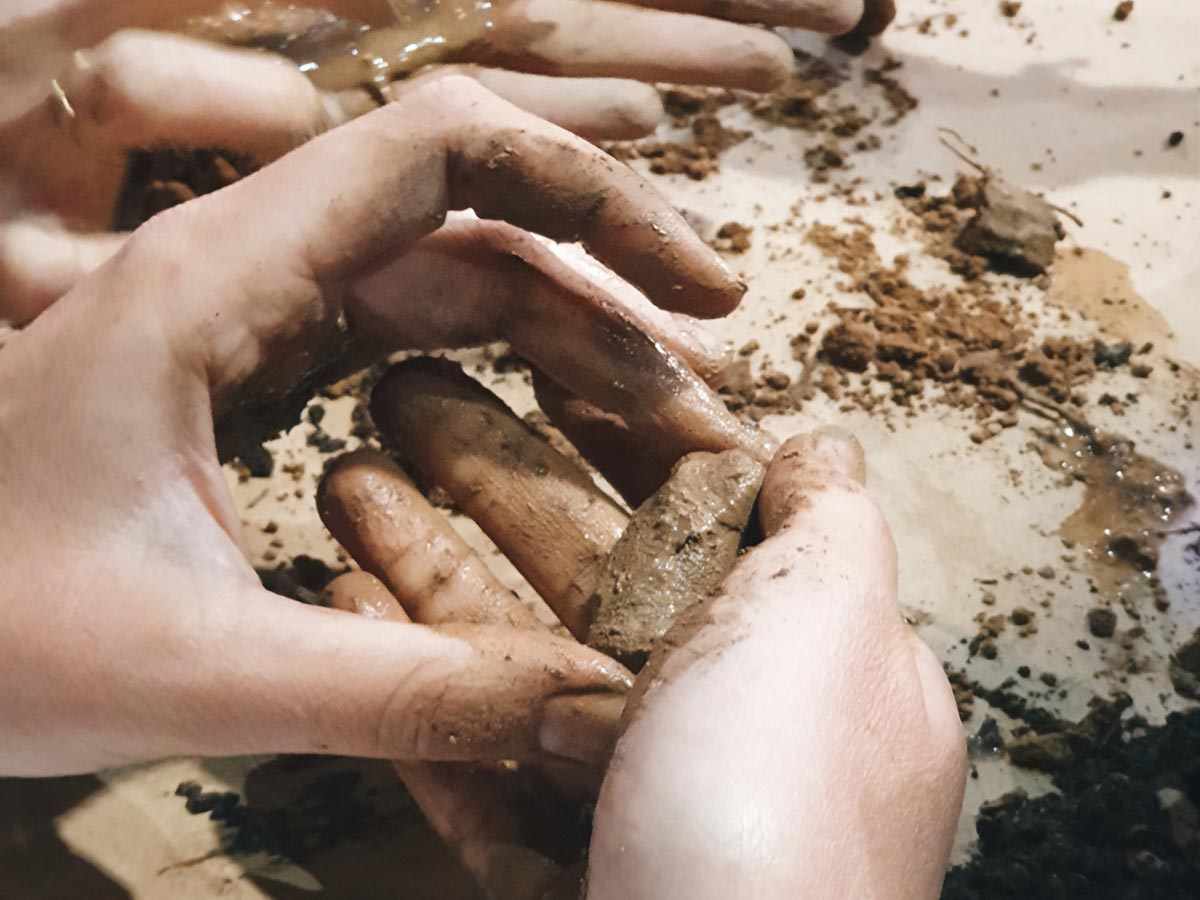
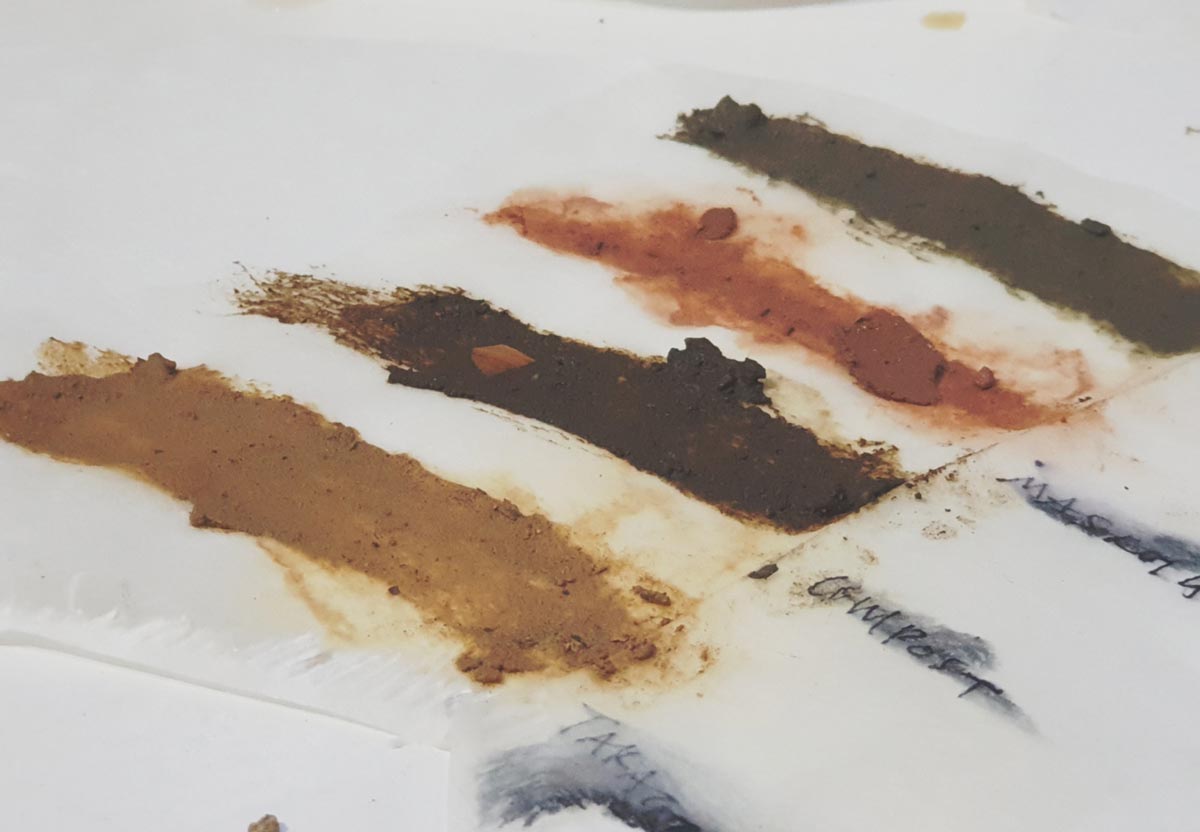
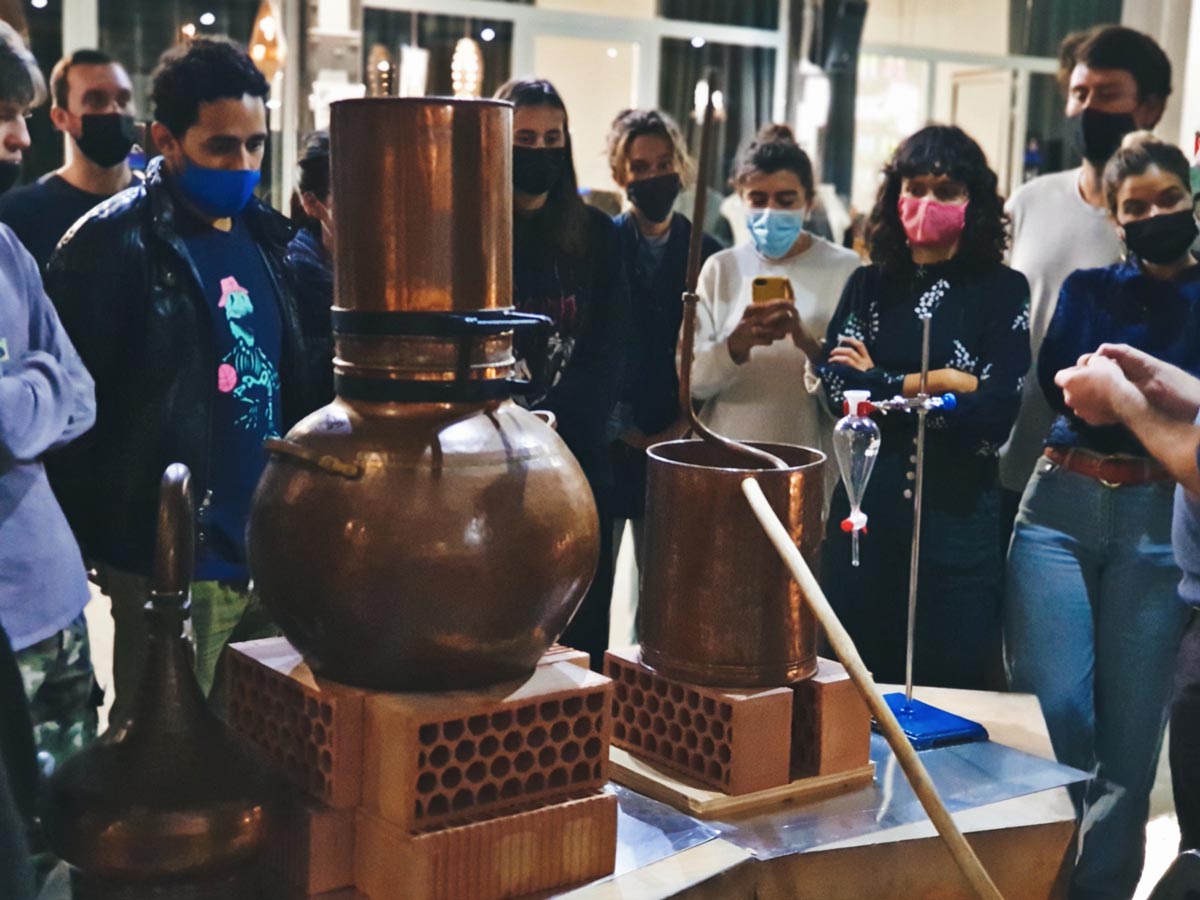
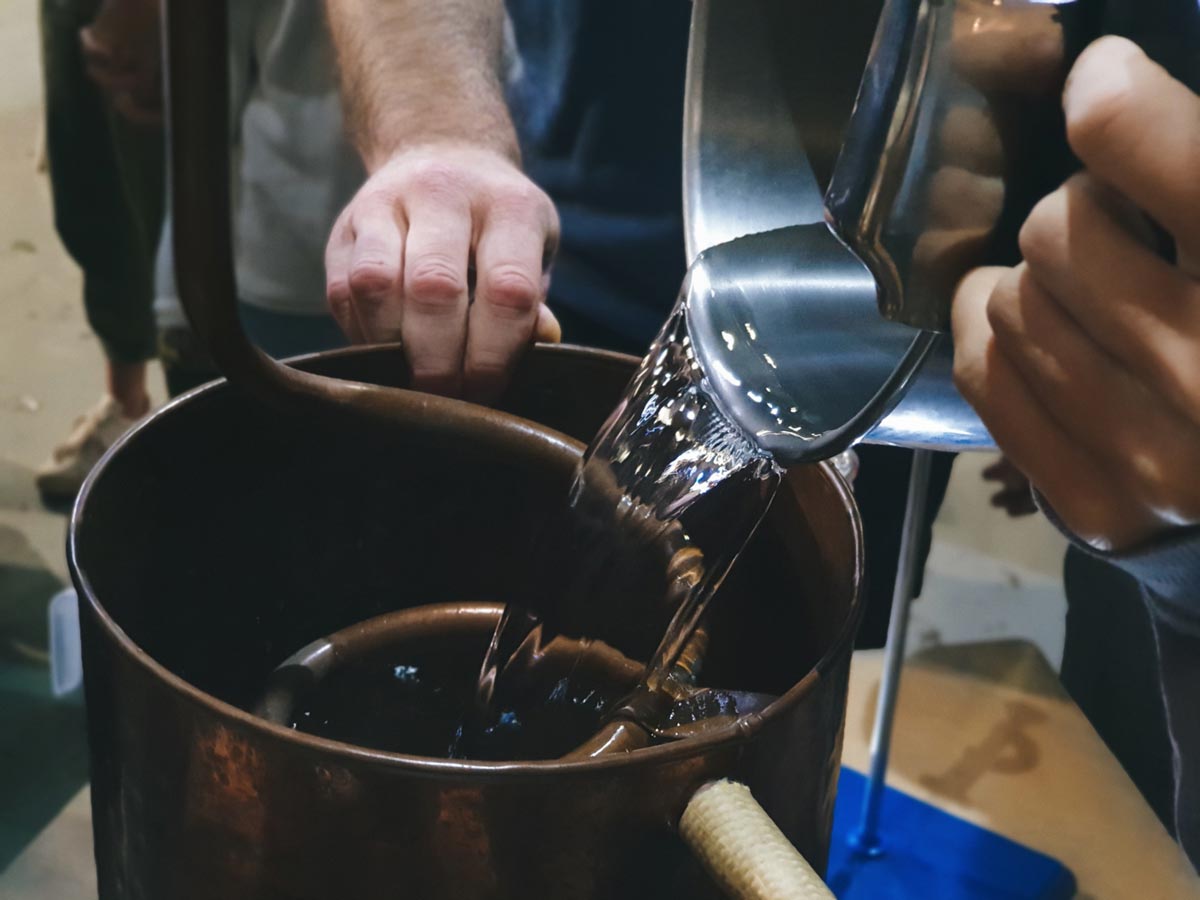
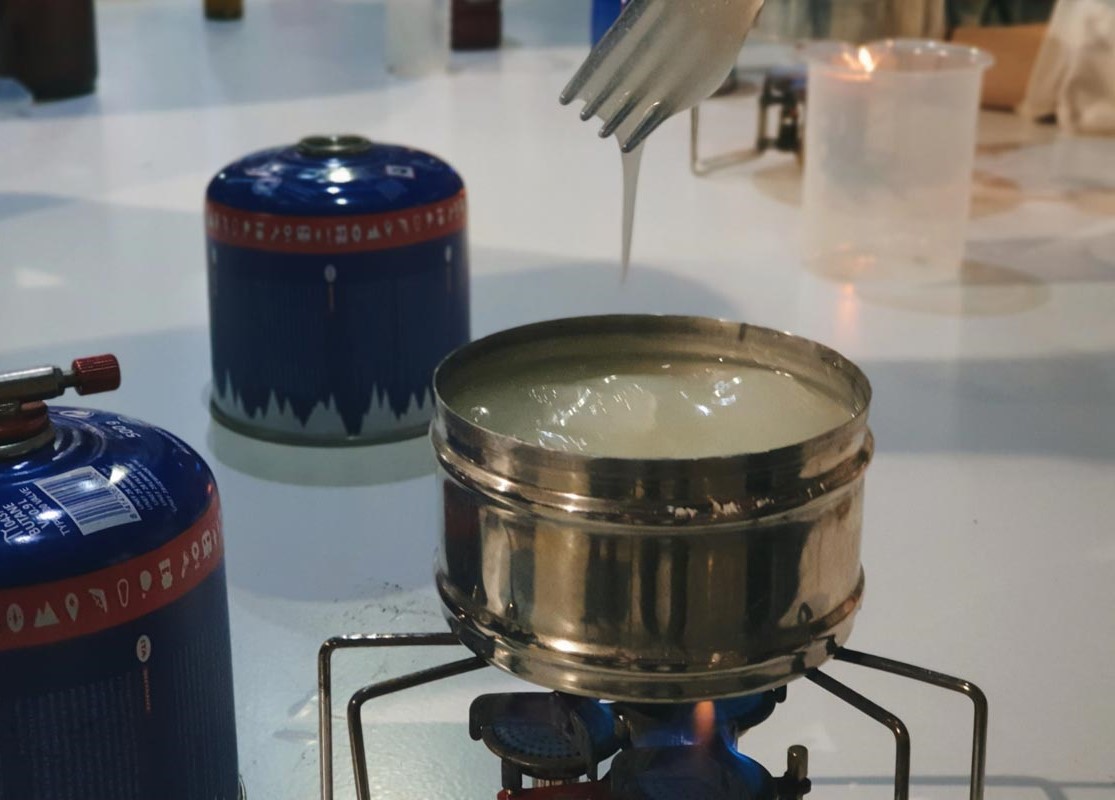
(31_october_2021)
This second science week led by Nuria Conde and Jonathan Minchin was
dedicated almost exclusively to agriculture. It was an enriching experience
because given my background, I had never worked or studied anything related
to this sector. I had always been in the more industrial sphere without
thinking about the basis of nature and where the food that keeps us alive
comes from.
It was also interesting to see the relationship between agriculture and
cities. Currently there is a huge dependency of the cities on the agricultural
fields as all the food that comes in comes from outside. Yet there does not
seem to be a direct connection from the cities to who grows and cultivates
the food, it is just never taken into account. A combination of technological
improvements and a change of mentality towards non-overproduction and proximity
farming would be the solution to try to improve the situation.
Last but not least, I found the introduction to the world of bees certainly
curious and useful also in other contexts, both in design and in societal
structures (although I am a republican). I appreciated seeing the development
of the beehives project in opensource format and all the work and prototypes
behind the final construction.
.agri_activities
/ANALYSING_SOILS
The first activity we carried out consisted of analysing different types
of soil according to a classification scheme that takes into account
consistency, granularity, ability to form solid drips and colour. We used
an app called Sqapp to differentiate the soil according to its shade and
place of origin. We also test the nitrite and nitrate level of the soils,
as well as the pH.
/ESSENTIAL_OIL_EXTRACTION
The second activity was the creation of essential oils based on an oil
extraction process using boiling water and a specific container. In this
case, we extracted the oil from a laurel tree, using its leaves to extract
a few millilitres. I found the process quite complex and long for
the final result but it was really interesting to see the steps to be carried
out and the thermodynamics necessary to obtain the essence of a plant.
/CREATING_BIOPLASTICS
Finally, the activity on the last day of the course was about developing
biomaterials based on different components in a short time. In my group,
we used glycerol, distilled water, cornstarch and vinegar to form the
bioplastic. All we needed to do was to mix it all together and then heat it
on the burner until it solidified.